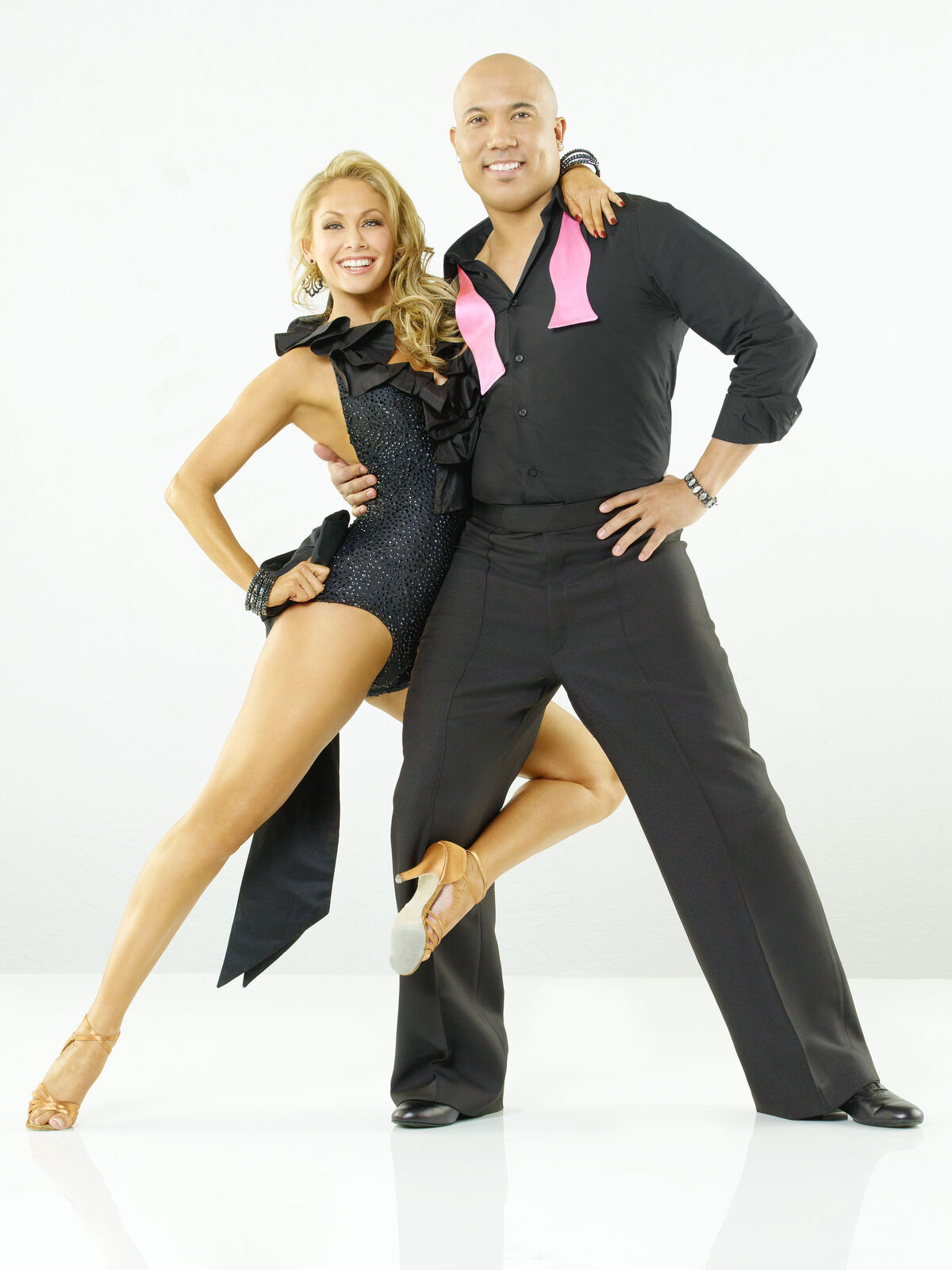Detail Author:
- Name : Mazie Stamm
- Username : jada57
- Email : vdubuque@gmail.com
- Birthdate : 1987-05-23
- Address : 5335 Cummerata Dale Apt. 786 Friesenton, MT 35913
- Phone : 818-476-5257
- Company : Gutkowski, Schaefer and Wilkinson
- Job : Precision Lens Grinders and Polisher
- Bio : Quia eum cumque vel. Ullam consequuntur perspiciatis et omnis aut minus aliquid. Et dolore exercitationem autem natus possimus ipsa.
Socials
instagram:
- url : https://instagram.com/agustina_koch
- username : agustina_koch
- bio : Minus ut nostrum non ut exercitationem. Sequi reprehenderit reiciendis quia accusamus occaecati.
- followers : 993
- following : 2889
linkedin:
- url : https://linkedin.com/in/koch2025
- username : koch2025
- bio : Harum voluptatibus officiis ex sapiente.
- followers : 5576
- following : 2409
facebook:
- url : https://facebook.com/kocha
- username : kocha
- bio : Consequatur labore corporis et aut perspiciatis accusamus quia.
- followers : 3252
- following : 2245
It is quite something to see well-known athletes step onto a different kind of playing area, especially when that area involves sequins and ballroom shoes. Many folks find it interesting to watch these strong individuals move from the rough-and-tumble nature of a football field to the polished shine of a dance floor. It's a chance for them to show a side of themselves that most people don't get to see, trading touchdowns for tangos and tackles for twirls.
You know, dance, at its very core, is about the body moving in a rhythmic way, often with music playing. It happens in a certain spot, and it can be for showing feelings, letting out energy, or just for the fun of it. So, in a way, football players are already very good at moving their bodies in specific ways for a purpose, just perhaps not in the way a waltz demands.
The idea of football players learning to dance on a show like Dancing with the Stars brings up a lot of questions. How do they adapt to such a different kind of physical demand? What does it feel like for someone used to big hits to try something so delicate? It's a true test of their ability to switch gears and try something completely new, a public display of personal growth.
Table of Contents
- From Gridiron to Glitter- The Path of Football Players
- The Art of Movement- Beyond the Playbook
- A New Set of Skills- Taking on the Dance Floor
- The Guiding Hand- Instructors and Progress
From Gridiron to Glitter- The Path of Football Players
Football players, as a group, are used to a very particular type of physical activity. Their bodies are built for strength, for quick bursts of speed, and for taking or giving out impact. They spend years training muscles to perform in ways that help them on the field, like running, jumping, and tackling. So, it's almost a complete change of pace when they step into a dance studio.
The shift from a sport that often relies on brute force to one that asks for grace and precise movements can be quite a thing to see. It’s a bit like asking a painter to suddenly become a sculptor; both are art, but the tools and techniques are very different. They bring a certain level of physical readiness, that is for sure, but it needs to be reshaped.
You know, the idea of a football player trying out dance is not new. Robert Irwin and Alix Earle, for example, joined the Dancing with the Stars season 34 cast, showing how different kinds of public figures come to the show. While they are not football players, their presence highlights the show's goal of bringing people from various backgrounds to the dance floor.
The training for dance involves a lot of flexibility and balance, things that are important in football, but perhaps not developed in the same way. A football player might have very strong leg muscles, but those muscles might not be used to the delicate steps of a ballroom dance. It's a fresh start for their bodies, learning to move in ways they probably never thought they would.
What is it like for dancing with the stars football players to learn?
Learning to dance, especially for beginners, often starts with picking up basic moves. Our free video lessons, taught by people who really know their stuff, can help anyone learn these fundamental steps. For football players, this means breaking down years of ingrained movement patterns and building new ones. It’s like learning a new language for their bodies.
They have to get used to different postures, different ways of holding themselves, and different ways of using their feet. A football player's stance is about power and readiness for impact, while a dancer's stance is about poise and control for fluid motion. These are very different ideas of how to stand.
The process of learning often involves a lot of repetition, doing the same steps over and over until they feel natural. For someone used to a playbook, where each play is distinct, learning a dance routine can feel similar in terms of memorization, but the physical execution is, well, completely different. They are literally putting their bodies through new paces.
It also involves a kind of mental adjustment. They are used to being in control on the field, making quick decisions. On the dance floor, they are often following a partner or learning a sequence of steps that requires a different kind of focus, a more collaborative kind of movement. It's a different way of thinking about how their body interacts with another person and the music.
The Art of Movement- Beyond the Playbook
Dance, as we know, is a way the body moves that is often set to music and happens within a certain area. It can be for showing an idea or a feeling, or for just letting off some steam. Football players, in their sport, express things too, like strength or determination, but usually not through a graceful turn or a flowing arm movement.
The change to dance asks them to think about their body as a tool for storytelling or emotion, not just for athletic feats. It is about using their movements to convey something to an audience, which is a big part of what dance is all about. This can be a very new idea for someone whose usual goal is to score points or stop an opponent.
You see, dance has been a way people show themselves for a very long time, crossing different places and ways of life. From the elegant turns of ballet to the quick, lively steps of salsa, there are so many ways to dance. Football players get to try out some of these different styles, each with its own way of moving and expressing.
They might find that certain dance styles feel more natural to them than others, or that some styles challenge them in ways they never expected. The very nature of dance allows for a wide range of expression, and it's interesting to see how these athletes find their own way within that broad world of movement. It’s a new language for them to speak, in a way.
How do dancing with the stars football players find their rhythm?
Finding rhythm is a big part of dance. While football players have a kind of rhythm on the field, in terms of timing plays and moving with their team, it's a different sort of rhythm when it comes to music. They need to learn to hear the beat and let the music guide their body. This can be a bit of a challenge at first.
When you pick up a few basic moves, you can just go with any song and let the music lead your body. This idea applies to everyone, including football players. It’s about letting go of some of the rigid control they are used to and allowing themselves to be moved by the sounds.
They might find that listening to different kinds of music helps them get into the groove. Spotify playlists, like the official 7clouds playlist, offer a lot of variety, and perhaps some of these tunes could help someone get a feel for different beats and tempos. It’s about training their ears as much as their feet.
The partnership with a professional dancer is also key here. The professional helps them connect with the music, showing them how to count the beats and how to time their steps. It's a lot about listening and reacting, which is something they do on the field, but the cues are very different on the dance floor.
A New Set of Skills- Taking on the Dance Floor
Moving from one highly physical activity to another always requires picking up new skills. For football players, this means developing a different kind of body awareness and control. They need to learn how to make smaller, more precise movements, and how to hold their bodies in ways that are not typical for their sport.
Think about the difference in balance needed. In football, balance might be about staying upright after a hit, or making a quick cut. In dance, it's about holding a pose, turning smoothly, or lifting a partner with grace. These are different kinds of balance that require different muscle groups and different ways of thinking about their center of gravity.
The mental side of learning new skills is also very important. They are used to being experts in their field, so becoming a beginner again, especially in public, can be a humbling experience. It asks for patience and a willingness to make mistakes and learn from them.
This process of learning something completely new, and getting better at it, is a big part of the show's appeal. It lets people see these strong athletes in a different light, showing their dedication and their ability to adapt. It's a demonstration of human potential, really, to pick up a new set of abilities.
What challenges do dancing with the stars football players typically face?
One big challenge for dancing with the stars football players is often their sheer size and muscle mass. While this is an advantage on the field, it can make delicate dance moves a bit more difficult. They might find it harder to be light on their feet or to achieve the kind of flexibility that many dance styles ask for.
Another challenge is the quick turnaround time for learning new routines. They have to learn new steps and put them into a full performance very quickly, week after week. This demands a high level of mental focus and physical endurance, even for people who are already in great shape.
They also face the challenge of performing in front of a live audience and judges, with their every move being watched closely. This is a different kind of pressure than a game, where they are part of a team and can sometimes blend in. On the dance floor, they are very much in the spotlight as individuals.
Furthermore, expressing emotion through dance can be a hurdle. Football players are often taught to be stoic or to show aggression. Dance, however, asks for a range of feelings to be shown through body language and facial expressions, which can be a new skill to develop for many of them.
The Guiding Hand- Instructors and Progress
For anyone learning to dance, especially for beginners, having good teachers is really important. Our free video lessons, for example, are taught by people who know what they are doing, and this kind of guidance is key to picking up the basic moves correctly. This holds true for football players too, perhaps even more so.
A professional dance instructor can help a football player understand how to use their body in ways they are not used to. They can break down complex steps into smaller, more manageable parts. They can also provide feedback that helps the player adjust their posture, their timing, and their overall movement.
The relationship between the player and their instructor is a big part of their progress. The instructor needs to understand the player's background and how their body is built, and then figure out the best way to teach them. It’s a very personal teaching experience, really.
These instructors also help with the artistic side of dance. They teach the players how to connect with the music and how to put feeling into their movements. This is a skill that takes time to develop, and it needs a lot of patient teaching and encouragement.
Why is good instruction important for dancing with the stars football players?
Good instruction is important for dancing with the stars football players because it helps them avoid bad habits that might come from their football training. For instance, they might naturally want to move with power, but a dance step might ask for lightness. A good teacher can help them make that adjustment.
It also helps them learn quickly. With a limited amount of time each week to prepare for a new routine, efficient teaching methods are really helpful. Professional instructors know how to get the most out of their students in a short period, which is very useful in a show like Dancing with the Stars.
Moreover, good teachers help build confidence. When someone is trying something completely outside their comfort zone, getting positive feedback and clear directions can make a big difference. It helps them believe they can actually do it, even when it feels very hard.
They also help with the safety aspect. Learning new physical movements can lead to injuries if not done correctly. An experienced instructor can make sure the player is moving in a way that is safe for their body, especially given their athletic background and the potential for different kinds of strains.
A Different Kind of Stage- The Public


